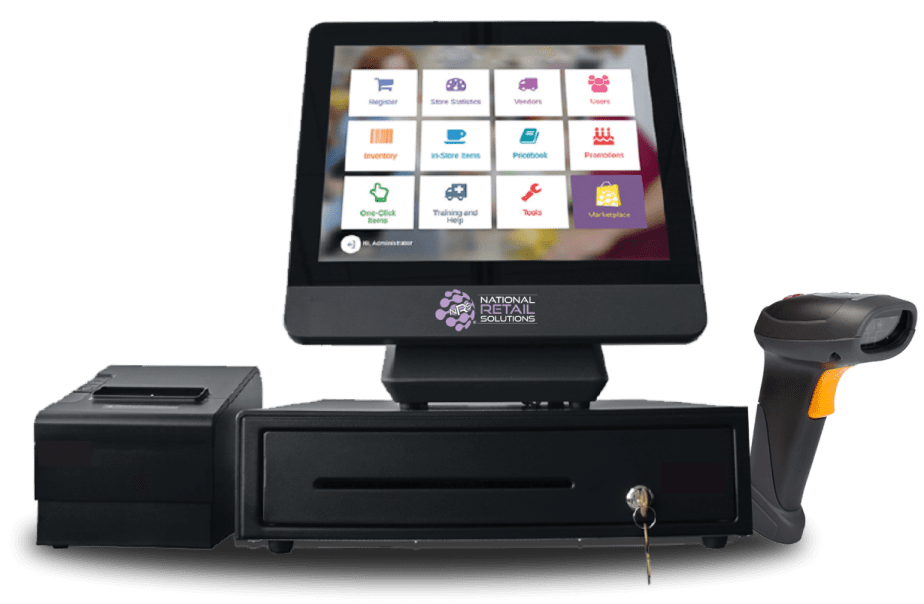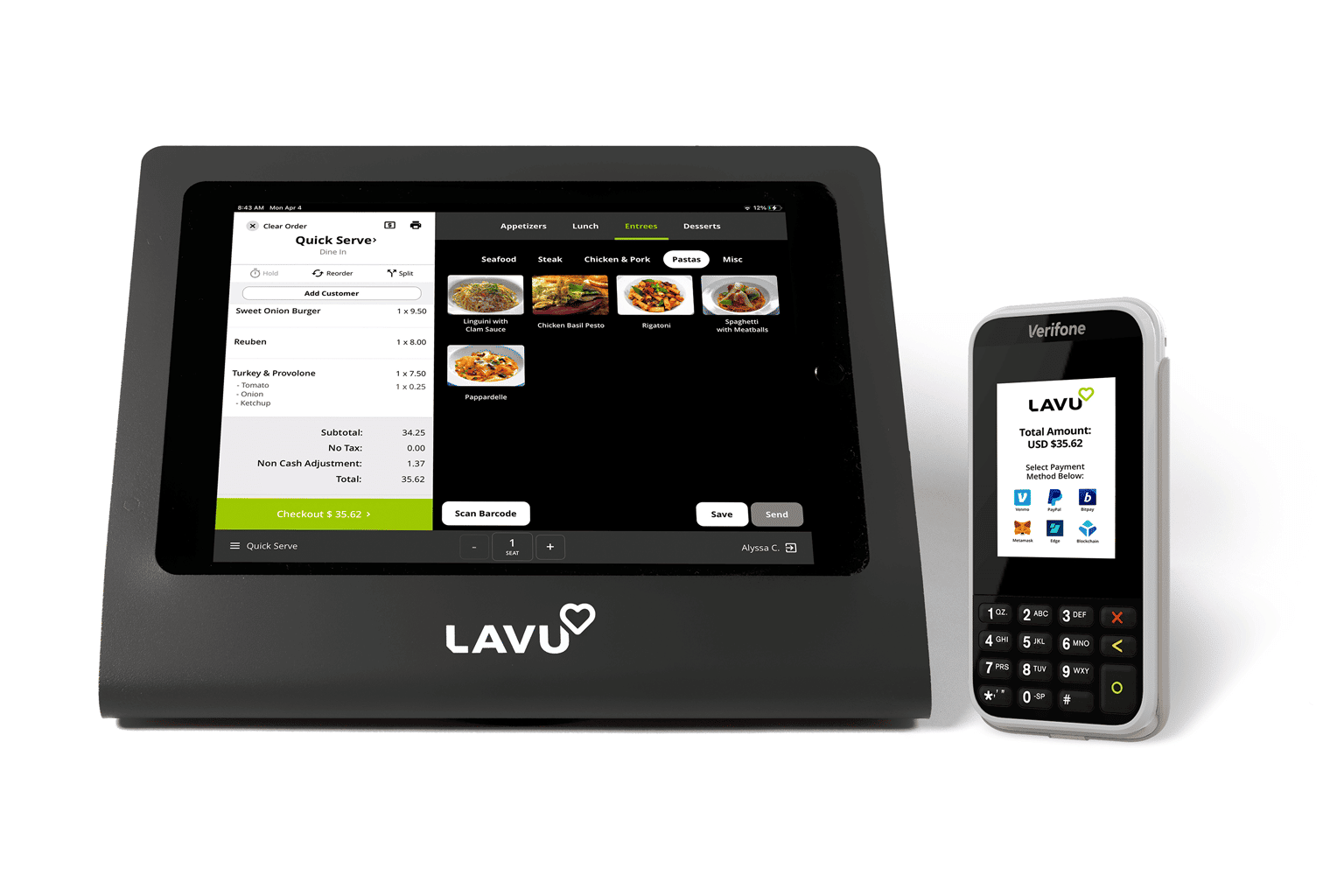How POS System Works: A Comprehensive Guide for Entrpreneurs

Recognizing the Parts of a POS System

Just How Sales Transactions Are Processed
When a consumer decides to buy, the sales transaction starts a series of methodical actions within the POS system. First, the cashier inputs the items being acquired, which are checked through a barcode viewers or manually entered. This activity retrieves product information, including prices and suitable tax obligations, from the system's database.Next, the client is presented with the overall quantity due. The POS system after that processes the payment, whether through cash money, bank card, or mobile settlement approaches (Restaurant POS Software). For digital payments, the POS securely communicates with payment processors to license and verify the transaction.Once the repayment is validated, the system creates an invoice, which can be published or sent out digitally. This receipt acts as evidence of acquisition for the client. Lastly, the transaction data is recorded in the system, making sure exact sales documents and monetary tracking for business
Inventory Administration and Monitoring

Reliable stock monitoring and monitoring are essential components of a POS system, as they assure that companies maintain ideal supply levels and minimize disparities. A robust POS system allows for real-time stock updates, showing sales and returns instantaneously. This enables local business owner to keep an eye on stock levels precisely, making certain that preferred products are easily available while protecting against overstocking of much less preferred products.Additionally, advanced POS systems offer functions such as computerized supply informs and reorder my site pointers, simplifying the procurement process. Barcoding and RFID innovation improve accuracy in tracking inventory motion, decreasing human mistake. Comprehensive coverage tools give insights into supply turn over prices, aiding services make informed decisions regarding buying and item offerings. Inevitably, reliable inventory management through a POS system not only enhances operational effectiveness however additionally boosts consumer fulfillment by making certain item availability.
Examining Client Data and Insights
Client information evaluation functions as an effective device for organizations making use of a POS system (Restaurant POS Software). By accumulating and checking out purchase information, organizations can reveal valuable insights about customer behavior and preferences. This evaluation allows them to recognize acquiring fads, peak purchasing times, and preferred items, consequently notifying supply choices and advertising and marketing strategies.Additionally, services can segment their consumer base, permitting personalized advertising and marketing efforts that deal with particular demographics or purchasing habits. Recognizing client commitment patterns additionally assists in developing targeted incentives and promotions programs.The data amassed from a POS system can additionally expose understandings right into consumer feedback, enabling services to make enlightened choices regarding product offerings and service improvements. Inevitably, leveraging consumer information properly can enhance the total purchasing experience, foster consumer complete satisfaction, and check that drive income development
Benefits of Applying a POS System
:max_bytes(150000):strip_icc()/point-of-sale-d7756dcc6dec420ea8d8f74383072a70.jpg)
Regularly Asked Concerns
What Sorts Of Companies Can Take Advantage Of a POS System?
Various services take advantage of a POS system, including retailers, dining establishments, hair salons, and ecommerce platforms. navigate here These systems enhance transactions, stock monitoring, and client information, enhancing functional effectiveness and boosting customer experience throughout varied markets.
Just how much Does a POS System Typically Expense?
The cost of a POS system usually ranges from a few hundred to numerous thousand dollars, depending upon features, hardware, and software program. Businesses have to take into consideration ongoing fees for support, upkeep, and purchase handling when budgeting.
Can I Incorporate a POS System With Existing Software?
Integrating a POS system with existing software application is usually feasible. Lots of systems supply APIs or integrated compatibility attributes, enabling services to improve procedures and enhance performance by attaching various software application applications efficiently.
What Training Is Required for Personnel to Utilize a POS System?
Training for staff to make use of a POS system commonly consists of understanding software capabilities, processing deals, managing inventory, and handling consumer interactions. Practical presentations and hands-on technique sessions boost proficiency and self-confidence being used the system successfully.
What Occurs if the Internet Drops While Utilizing a POS System?
Transactions may be disrupted if the internet goes down during POS system use. Numerous systems provide offline abilities, allowing fundamental operations to proceed, however complete capability, including real-time inventory updates, will be limited. A Point of Sale (POS) system is made up of several crucial components that function together to handle and facilitate deals service procedures. Efficient supply administration and monitoring are essential components of a POS system, as they guarantee that organizations preserve optimal stock degrees and reduce disparities. Customer data analysis serves as an effective device for organizations utilizing a POS system. Recognizing consumer loyalty patterns also aids in developing targeted promotions and rewards programs.The information gleaned from a POS system can also expose insights into client comments, making it possible for organizations to make educated decisions regarding item offerings and solution improvements. Implementing a POS system supplies numerous advantages that can substantially improve company operations.